Frog King is one of the oldest German fairy tales and has a number on in the collection by Brothers Grimm. It's a story about a princess who loses a toy and promises great rewards to a frog to get it back but breaks her word. Yet, the frog is stubborn and the king, princess' father, supports it. Eventually, the frog transforms into a handsome prince that leads to another change - once a childish princess is ready to become a wife, a mother, and a queen.
Like many other fairy tales, The Frog King is packed with symbols. Here is just ten of them with short explanations:


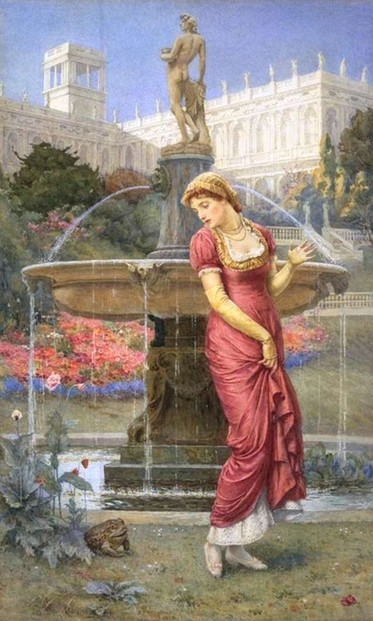
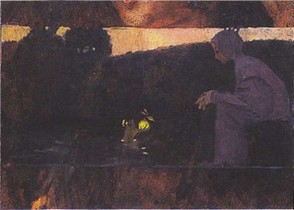
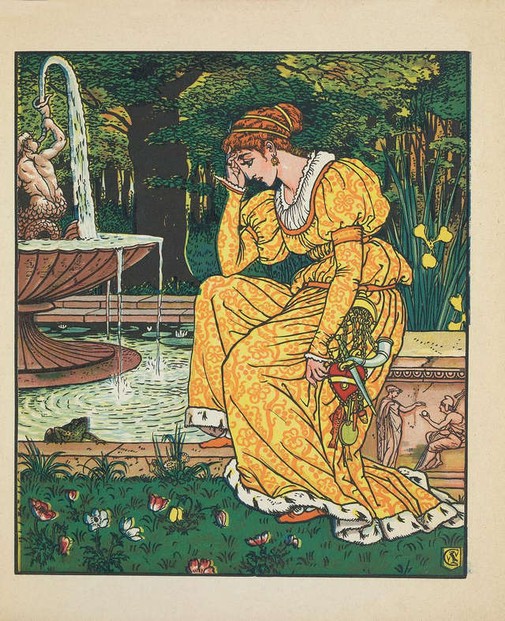
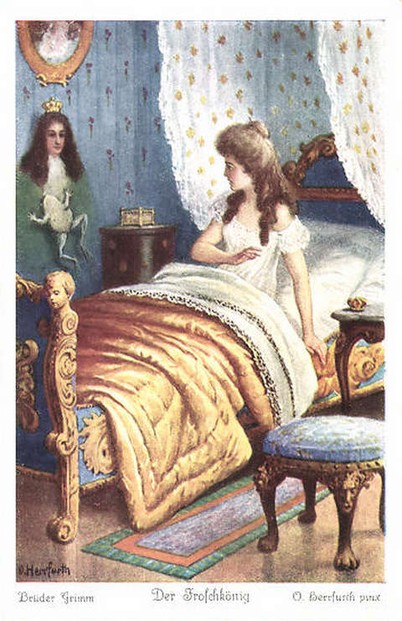
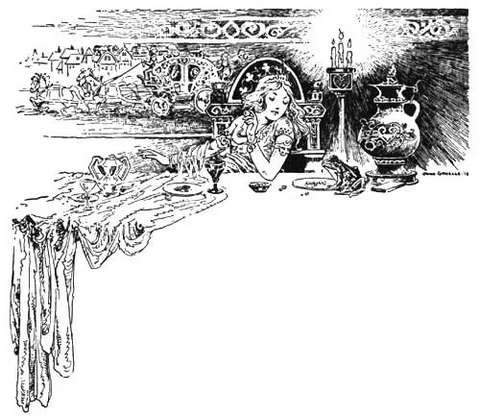
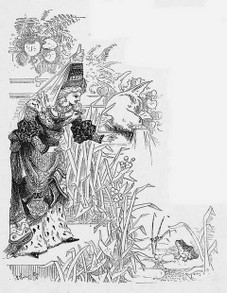
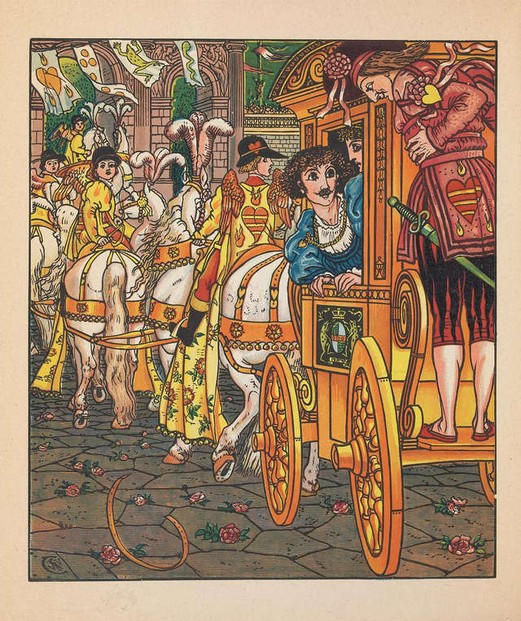
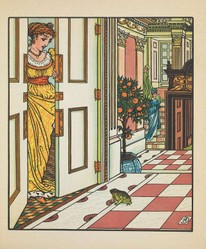

 Vintage Postcard Artists with 10 Examples of Easter Cardson 02/21/2025
Vintage Postcard Artists with 10 Examples of Easter Cardson 02/21/2025
 Valentine's Symbolson 01/23/2025
Valentine's Symbolson 01/23/2025
 Thanksgiving Symbolson 11/12/2024
Thanksgiving Symbolson 11/12/2024
 Famous Witches in Literary Historyon 10/06/2024
Famous Witches in Literary Historyon 10/06/2024
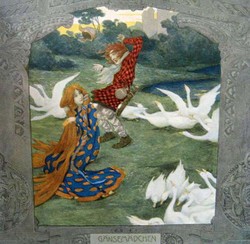
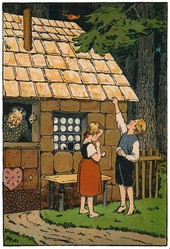
Would you like to talk about other symbols in The Frog King?
The first paragraph to the second subheading, Fountain/Well, advises us that "water represents calmness, peace, but due to its fluidity and ability to change, also suggests a change. Fountains and wells are also closely associated with affluence. Only nobility had fountains on their property and everybody who has a well owns a source of water as a necessary condition for life."
Does water have the same symbolism regardless of its configuration?
For example, Arabian nights and Bluebeard perhaps have sea-water symbolism. Might non-fountainable/fountained, wellable/welled water suggest change if not calmness and peace?
Frog King is not a typical example. We can still find a few somehow similar titles: Cinderella is known as Little Glass Slipper, Thumbling is known as Seven-mile Boots. Right now, I don't remember a title with so unimportant side character like at the Frog King.
Thank you!
An alternate title about a subordinate character appears somewhat strange to me.
Did other fairy tales draw upon different characters, places and things for their alternate titles even as someone other than a main character draws away from that main character, no?
Some species have special places in their folklore for sure, but I can't say much more.
The enchanted prince (king) had a servant who was so sad for his master he felt his heart will broke. He put three hoops made of iron to prevent that. When his master returned, his heart was so joyeus that hoops broke.
Illustrators portrayed them by their inspiration.
Thank you for the links completing subheading 10, about iron.
All the images display sometimes obviously, sometimes subtly varied interpretations of frog looks.
Does any tradition defer to a specific frog genus and species?
(I get quite a giggling, laughing fit over imagining the fairy-tale frog as a spring peeper [Pseudacris crucifer], whose populations lend nightly music here for over a month here now!)
English Wikipedia calls the fairy tale Der Froschkönig oder der eiserne Heinrich, literally "The Frog King or the Iron Henry."
The 10th subheading, about iron, correlates iron with the trusty servant Henry.
Why is the trustworthiness brought into the title?
Thank you for the links concluding symbol 10 about iron.
All the images -- but for two -- in the first link, to Frog king in pictures, illustrations and drawings, convey what could be late-teen, very-early 20-year-old girls. But do the fifth and the sixth in-text images depict tween-aged girls to you as they do to me?
Creating new life is in my opinion the ultimate superpower and probably the biggest source of conflict between genders.